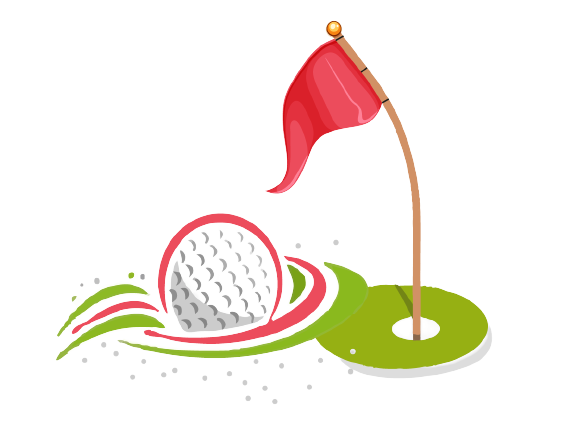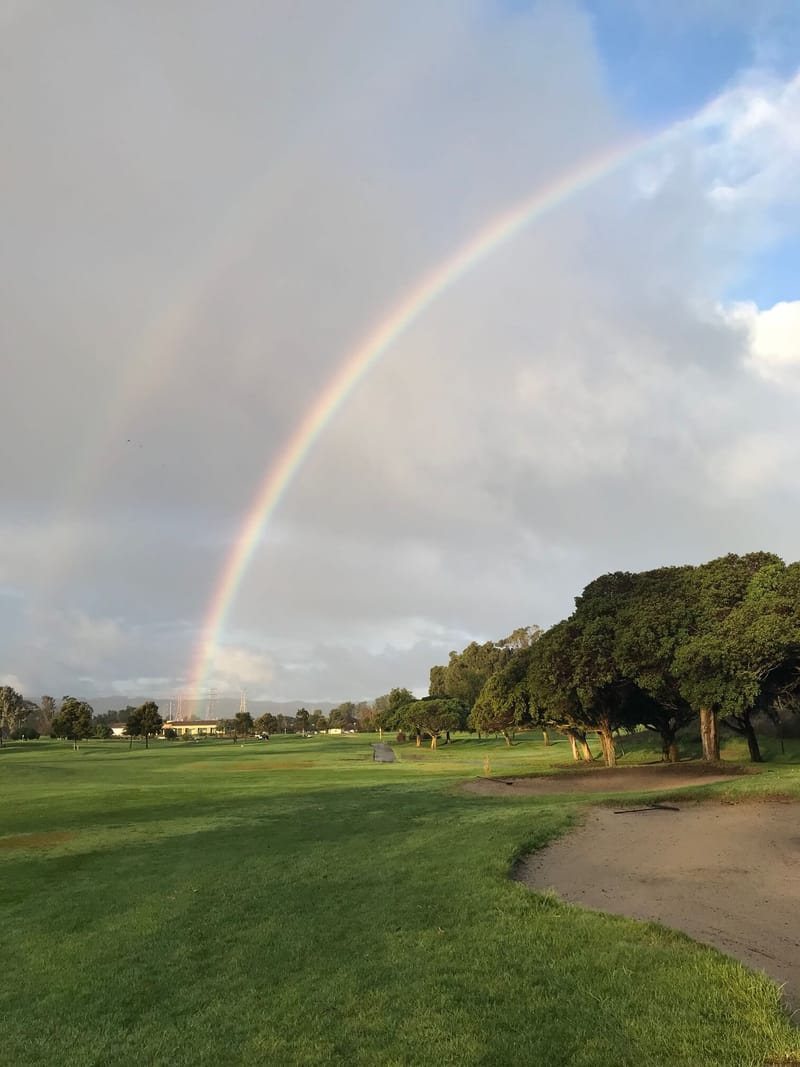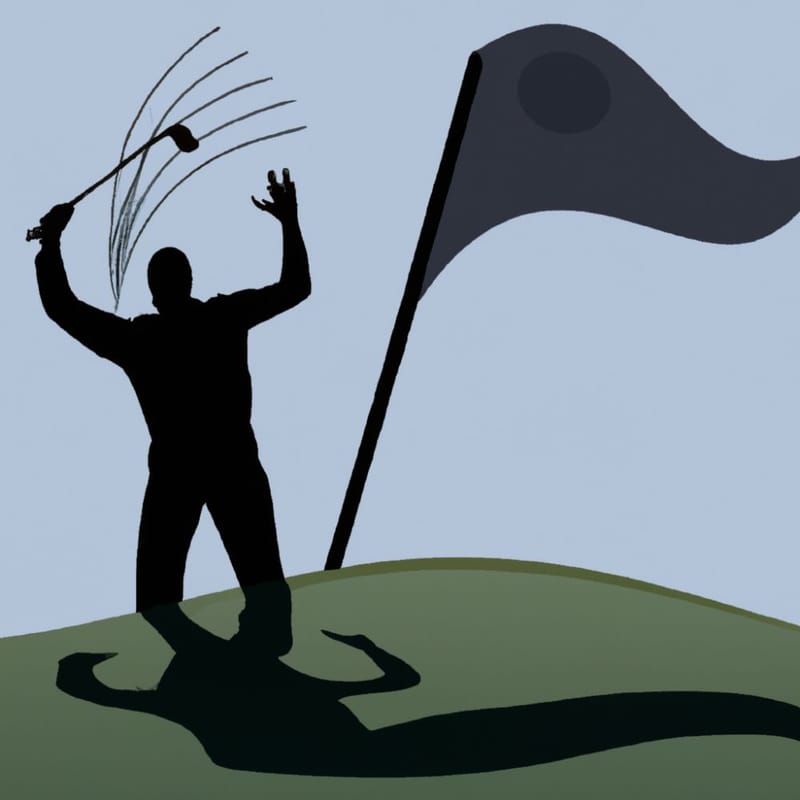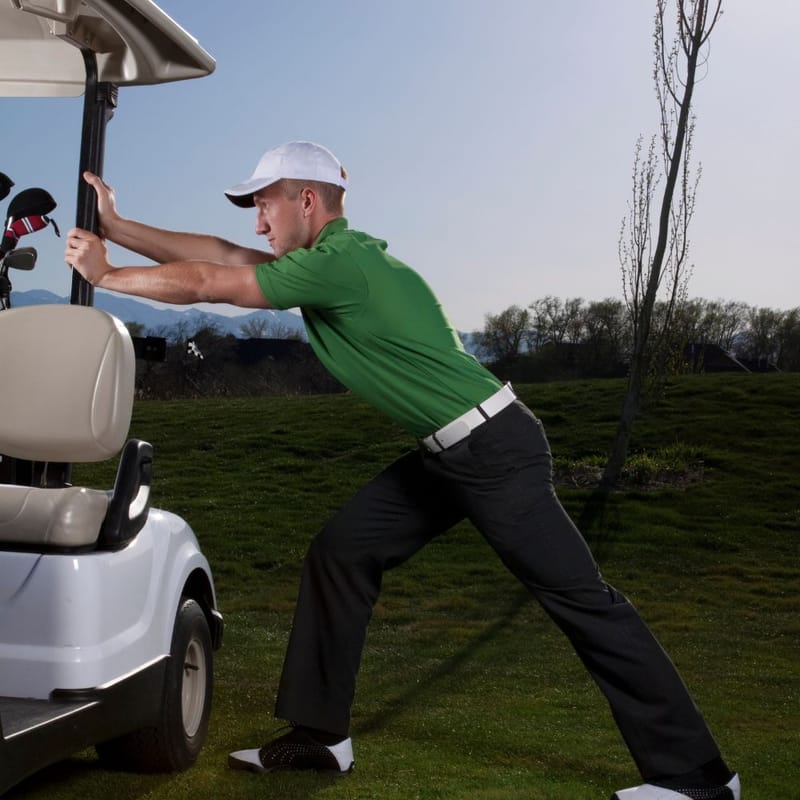Content Summary
You get the perfect combination of strategy, luck and fun that is sure to have your fellow golfers looking at you in amazement!
Let's take a look at what exactly a provisional ball is and how it can help you improve your game:
What is a Provisional Golf Shot?
A provisional golf shot is a second golf ball that can be played if a player's ball has gone out of bounds or is lost in water, thick rough, etc. A golfer has three options when playing a provisional golf shot. They can either:
- Play the provisional ball and leave the original ball alone
- Abandon the provisional ball, locate the original and continue with that ball
- Abandon both balls and proceed from where the last attempt ended
In all cases, the golfer must declare to their competitors that they are playing a provisional. Once the original and/or provisional ball have been declared as out of play by either an official or fellow competitors, that decision cannot be reversed at any stage of play after which any subsequent actions taken are deemed to be in order according to The Rules of Golf as published by The R&A & USGA (17th Edition).
Is a Provisional Ball Important or Really Necessary?
A provisional ball is an extra golf ball played when a player's original ball may be lost outside a water hazard or out of bounds. According to the Rules of Golf, if there is uncertainty as to whether your original ball is lost in a water hazard, is declared out of bounds or is out of play, you may play a second alternative provisional ball.
Providing it meets all rules and regulations, if your original shot is not found you can continue playing the provisional. A provisional ball must be played prior to searching for the original.
Provisional balls should not be taken lightly – they are extremely important and have saved many a golfer from having to pay fees or take penalties during an intense competition. Particularly in stroke play competitions, a golfer who successfully plays a provisional ball can quickly come back into the game.
If your first stroke has resulted in the potential loss of your golf ball, it's essential to risk playing another shot even if it might mean taking more strokes overall due to the added stroke from playing a provisional.
Taking this precautionary measure could be the difference between success and failure for any serious golfer, especially those under strict time restrictions or high-stakes tournaments and competitions.
How Many Strokes is a Provisional Ball?
In golf, a provisional ball is defined as "a second ball played from the same spot as its predecessor if the original ball may be lost outside a water hazard or out of bounds." In situations like these, hitting a provisional ball from about the same distance allows for continuing play without having to go back to the tee box.
The number of strokes taken with a provisional ball depends on several different factors. Most importantly, it depends on what happens to the original ball. If it ends up being lost or going out-of-bounds, the provisional shot counts and the golfer must continue from there with their current total score plus one extra penalty stroke for playing two balls at once.
However, if the original golf ball is found in playable condition within three minutes of hitting your provisional shot, you may then choose it as the ball in play moving forward and your score will not be increased by an extra stroke.
No matter what happens with your original golf ball after you hit your provisional shot, make sure that it is replayed as soon as it is found – even if it is decided not to count against your score – so that other players are not affected by your actions. It is good etiquette!
When Should You Use A Provisional?
As a golfer, it’s important to know when to use a provisional ball as there are definite penalties for not following the rules. When playing a provisional, it's important to declare the action before making any strokes and the ball should be played from where the original stroke was made in order to complete the hole.
The use of provisional balls should generally be used in certain situations such as:
- To save time after an errant shot
- If you think your ball may be lost outside of a water hazard or out of bounds (penalty area).
- If your ball comes to rest behind an obstruction that you don’t want to move.
- If your tee shot goes into an area with tall grass or trees that make it very difficult or impossible to find.
- If you hit an errant shot that has a high chance of going out of bounds.
- If a weather condition like rain, fog, or darkness prohibits continued play on the hole until conditions improve and all players have agreed upon taking relief with provisionals for the remainder of the hole.
- It is best practice for players who decide to use a ball provisionally on any given hole to announce their intentions before making any strokes with their 2nd ball and only begin searching for their original ball after they have started playing their provisional one.
How Do You Play Your Provisional Ball?
Playing provisional ball is ideal when there is simply not enough time to properly search for the original.
The steps to playing a provisional include:
- Declaring “provisional” before you hit your shot and before you start searching for your ball will keep you from hitting the wrong ball in play
- Playing the second shot from where you just struck your first – it does not have to be played from exactly the same spot
- Dropping another golf ball from where you made your previous stroke if you find that it is out of bounds, lost or in an unplayable lie
- Completing play of the hole with whichever one was designated as your provisional, even if you eventually find or recover your original ball
Notifying your playing partner or opponents when returning your scorecard which was used to hit the provisional golf shot and noting that stroke on its accompanying hole score
By taking this approach, players will avoid penalty strokes others may incur in similar situations due to incorrect decisions being made regarding their tee shots that have not yet been found or deemed lost by searching players.
- Being able to play with confidence and effectively implement rules should ultimately lead golfers towards more successful rounds of play!
The Nuances of USGA Rule 18.3 Provisional Ball
Many golfers are familiar with USGA Rule 18.3, which covers the provisional ball. But it is important to understand the nuances of the rule to ensure that you are playing golf as it is intended.
A provisional ball rule is one that a ball can be substituted for a player’s original ball if it is believed to have been lost outside of a water hazard or was out of bounds. This rule ensures that players do not waste time searching for a lost ball and can move on with their golf game more quickly.
It is important to note that in order for the provisional ball to be declared, there must be true uncertainty about the original ball’s location or condition (is the ball lost?). If there is any confirmation or doubt as to whether a player's original ball may have been found and identified, no provisional should be declared.
The other main requirement for declaring a to play a provisional ball is that you must orally announce your intention before you play what will become your provisional shot – before you swing your club at the provisional “replacement” ball (not your original).
When normal play resumes, both balls then remain in play; however, after completion of this hole only one counts–the other may not count towards total score as dictated by USGA Rule 18-3b while CONGU Handicapping provisions would permit both balls being posted pending adjustive influences.






